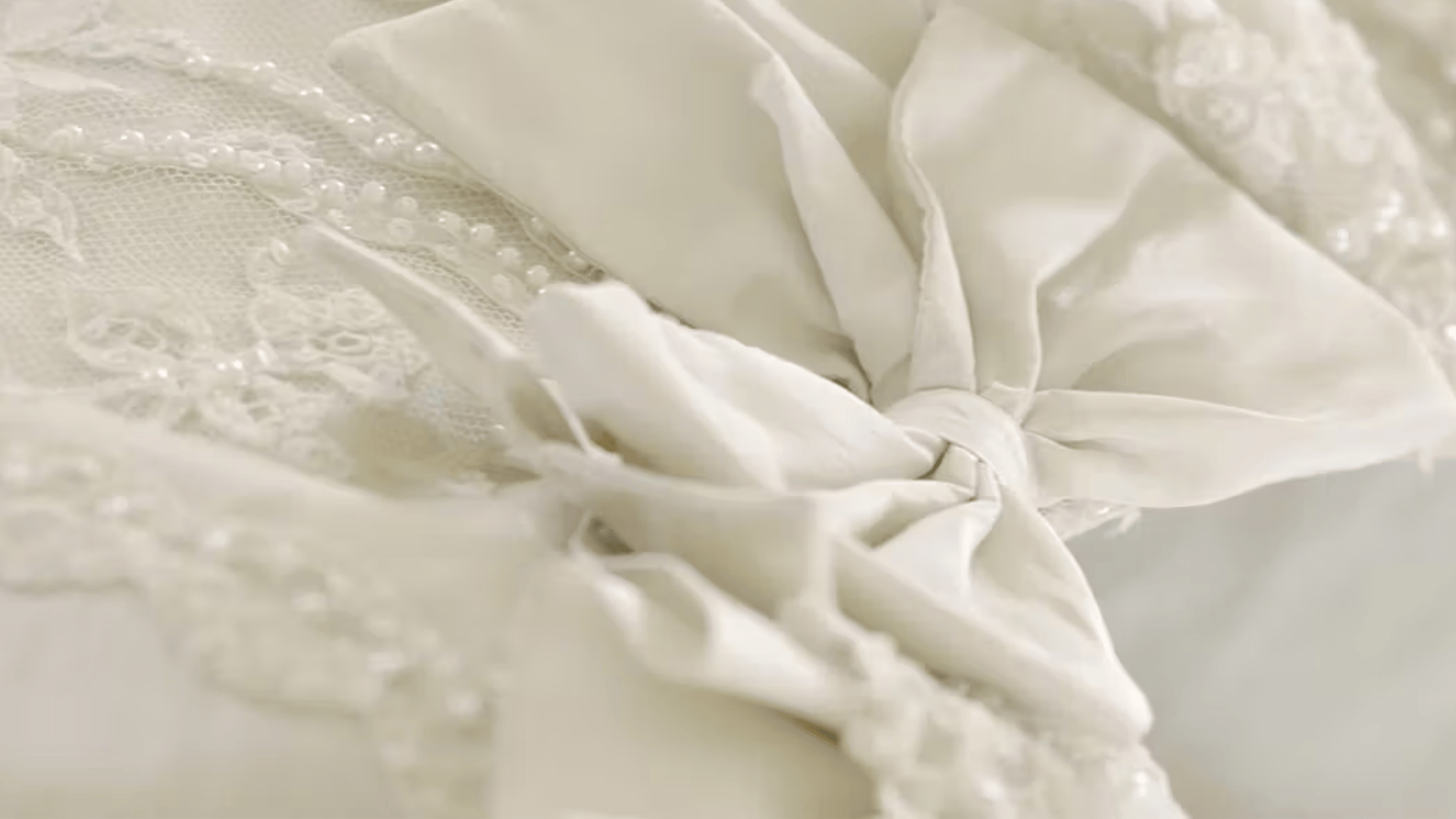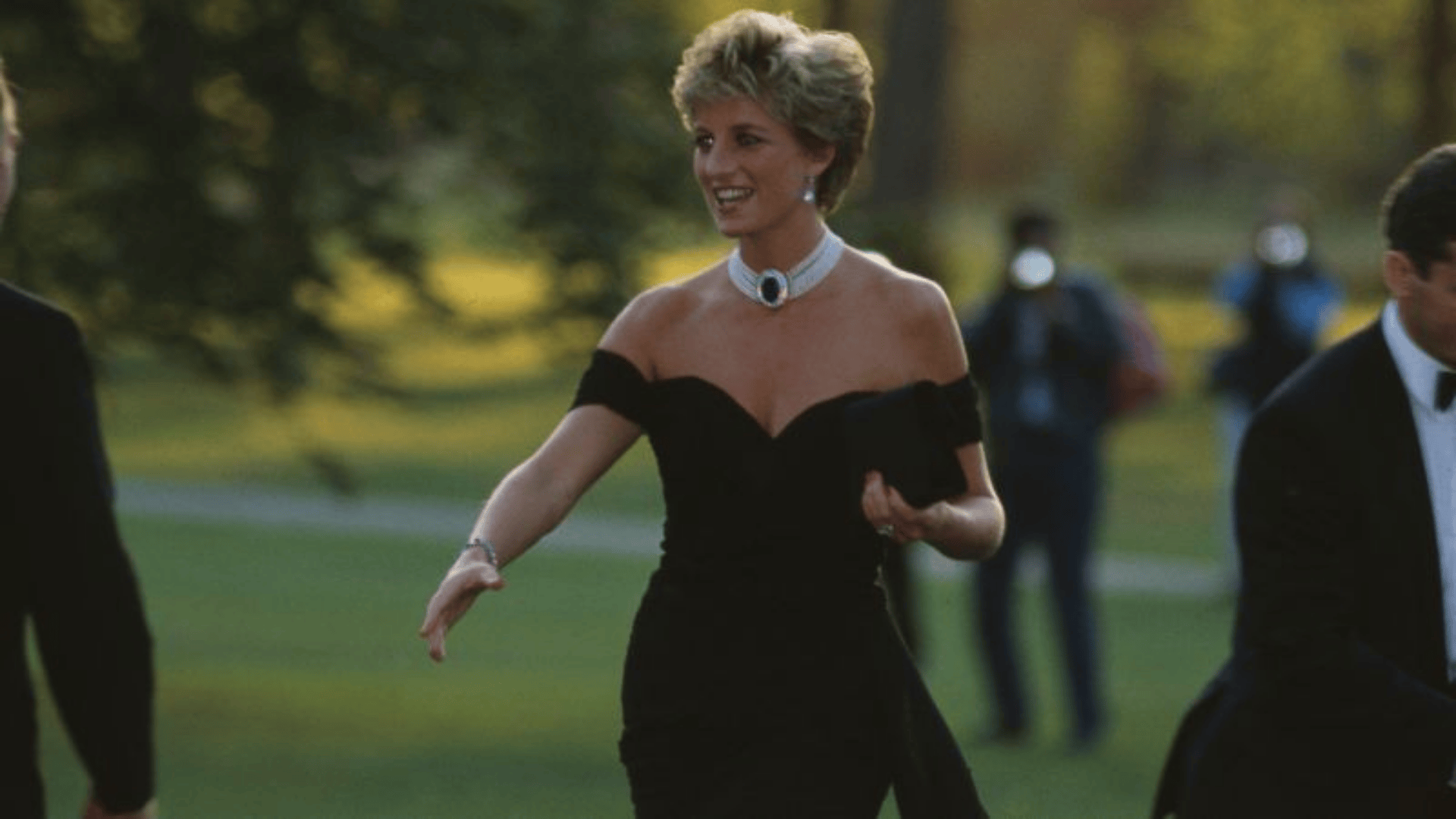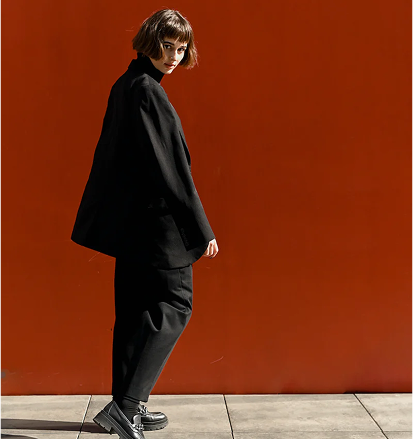On July 29, 1981, nearly 750 million people around the world watched as a young kindergarten teacher stepped out of a glass coach at St. Paul’s Cathedral.
What they saw became instant history: a gown so spectacular it would define bridal fashion for generations.
Princess Diana’s wedding dress wasn’t just fabric and thread. It represented a fairy tale moment that captivated hearts across continents.
Even now, more than four decades later, people still talk about those puffed sleeves, that impossibly long train, and the thousands of tiny pearls that caught the light as she walked down the aisle.
This wasn’t just a dress. It was a cultural phenomenon that changed how we think about royal weddings and bridal fashion forever.
Who Designed the Wedding Dress
Diana chose David and Elizabeth Emanuel, a husband-and-wife design team who had already caught her attention.
The couple ran a small but prestigious salon in London, and Diana had worn their designs to several public events before her engagement. She trusted them.
The Emanuels approached the project with a clear vision. They wanted to create something romantic, something that would make Diana look like a princess from a storybook.
Their design philosophy centered on drama and femininity. They sketched countless variations before settling on the final design. Diana participated actively in the process, sharing her preferences and concerns.
She wanted to feel beautiful, but she also needed to feel comfortable enough to manage the demands of a very public, very long ceremony.
She had worn their black taffeta gown to her first official public appearance after the engagement announcement.
That dress caused its own stir because it revealed more décolletage than royal protocol typically allowed.
What Is the Dress Made Of

The gown was a masterpiece of craftsmanship, featuring ivory silk taffeta chosen for its rich texture and light-catching qualities.
The bodice showcased antique Carrickmacross lace from Queen Mary’s collection, adding royal history to the design.
The Emanuels’ team hand-sewed approximately 10,000 mother-of-pearl sequins and pearls individually, creating a shimmering effect.
The deliberately oversized sleeves created the distinctive puffed effect that defined 1980s bridal fashion.
The 25-foot train, one of the longest in royal history, was designed for maximum impact at St. Paul’s Cathedral.
How Much Did It Cost and Who Paid for It
The dress reportedly cost around £9,000 in 1981. That might sound modest by today’s standards, but it represented a significant sum at the time.
Adjusted for inflation, that figure equals roughly £36,000 or about $45,000 in today’s money. The cost covered not just materials but also the countless hours of specialized labor required to create such an intricate garment.
The funding came from royal household accounts, though the exact financial arrangements were never publicly detailed.
Royal weddings occupy an interesting space between private family events and public spectacles.
The dress was technically Diana’s, but its creation and display were matters of national interest. The investment proved worthwhile from a public relations standpoint.
The dress generated enormous positive publicity for the royal family and for British fashion design.
The Design Process

Creating the dress involved extraordinary measures to maintain secrecy. The Emanuels worked under intense pressure, managing both the technical challenges and the need for absolute confidentiality.
- Secrecy measures: The Emanuels worked in a locked room with drawn curtains to prevent leaks
- Weight loss challenge: Diana lost weight from stress, requiring substantial waist adjustments days before the ceremony
- Train logistics: Designers calculated precise folding patterns to fit the 25-foot train into the glass coach
- Hidden symbols: A small blue bow fulfilled the “something blue” tradition, while a diamond-studded golden horseshoe brought luck
- Backup plan: A secret spare dress was created in case the main design leaked to the press
These careful preparations ensured Diana’s dress remained a surprise until her unforgettable arrival at St. Paul’s Cathedral.
Other Wedding and Iconic Dresses of Princess Diana
Beyond her famous wedding gown, Diana wore several memorable dresses that became cultural touchstones.
These iconic garments showcased her evolving style and growing confidence, transforming her into a global fashion icon who used clothing to communicate powerful messages.
1. The Backup Wedding Dress

The backup wedding dress remained largely unknown until years later, when the Emanuels revealed its existence.
This spare gown followed similar design principles but with subtle differences that would have made it clearly distinct from the original if photographs had leaked.
It served as insurance against any potential security breach or design revelation before the big day.
2. The Travolta Dress

The midnight blue velvet gown Diana wore to a 1985 White House dinner became instantly iconic when she danced with actor John Travolta.
The off-the-shoulder design by Victor Edelstein featured elegant draping and showcased Diana’s growing sophistication.
This moment captured the world’s imagination, cementing her status as a beloved international figure who combined royal elegance with approachable charm.
3. The Revenge Dress

Diana wore a stunning black off-the-shoulder Christina Stambolian dress to a gallery opening the same evening Charles publicly admitted to his affair.
The daring design made a powerful statement about Diana’s confidence and independence.
This bold fashion choice transformed a painful moment into a declaration of strength, showing the world she would not be diminished by personal betrayal.
Where the Dress Is Today

After Diana’s death in 1997, the wedding dress passed to her sons, Prince William and Prince Harry.
They became the legal owners of their mother’s most precious personal items, including the gown that had launched her into public consciousness.
The princes have been thoughtful custodians of their mother’s legacy, allowing the dress to be displayed in ways that honor her memory while protecting the garment itself.
The dress has been exhibited several times, most notably at Kensington Palace, where Diana lived. These exhibitions draw enormous crowds.
People want to see the dress in person, to stand close to this piece of history.
The displays are carefully managed to protect the delicate fabric and embellishments from damage caused by light, humidity, and time.
The dress can’t be displayed continuously without risking deterioration. Specialists periodically assess its condition and make small repairs when necessary.
The Legacy Left Behind
The dress changed bridal fashion immediately and permanently. In the months and years following the wedding, brides everywhere wanted puffed sleeves, long trains, and romantic silhouettes.
- Bridal fashion revolution: Puffed sleeves and romantic silhouettes swept through salons worldwide
- Cultural symbolism: The gown embodied collective hopes for romance and fairy-tale endings
- Royal wedding benchmark: Every royal bride since faces comparison to Diana’s iconic moment
- Design milestone: Fashion historians study it as the peak of 1980s romantic craftsmanship
The “Diana effect” swept through bridal salons worldwide. But the dress’s impact went deeper than fashion trends, representing something larger about weddings, royalty, and fairy tales.
Conclusion
Princess Diana’s wedding dress remains more than a beautiful garment. It represents a specific moment when the world paused to witness something lovely and hopeful.
The ivory silk, the pearls, the impossible train all combined to create magic that transcended fashion.
Today, the dress serves as a reminder of Diana herself: young, hopeful, and stepping into a role that would change her life forever.
It reminds us why we care about these ceremonial moments, why we pay attention to royal weddings, and why some images stay with us across decades.
The dress’s legacy lives on in every bride who dreams of her perfect gown and in every designer who tries to capture that same spirit of romance and possibility.







